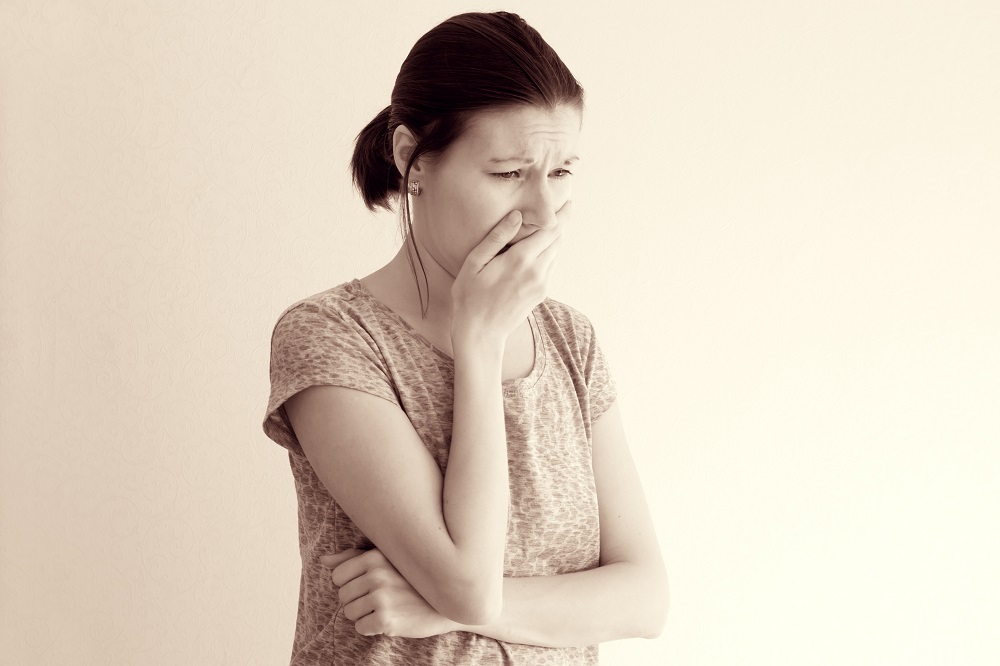- Loss of appetite
- Weight loss
- Abdominal pain
- Bloating or swelling in the abdomen
- Nausea
- Vomiting
- Enlargement of the liver
- Shortage of breath
- Heart arrhythmia
- Bleeding into or infection of a cyst
- Jaundice
PLD is a genetic disease that occurs as a result of gene mutations on the human chromosomes 6 and 19. Quite a few people only learn they have it during a routine medical exam or when they are diagnosed with kidney disease related to polycystic kidney disease. Medical ultrasound is the most reliable way to identify PLD. Computer and magnetic resonance can also provide information on the disease, especially if the patient already suffers from physical trouble.
Eight times as many women are affected as men. When the liver tissue becomes infused with 20 or more cysts, the liver texture hardens. The more the liver cysts expand, the more the adjacent internal organs get compressed which can cause health problems.
But having only a few cysts does not mean automatically a person suffers from Polycystic liver disease: Important factors including family history, age, number of cysts e.g. determine if somebody has PLD. Examples: The chances are high to be diagnosed with the disease when the person is under the age of 40, has more than one cyst and a family member with PLD. The same applies to a person over 40 with more than 20 cysts and no family members with PLD.
Severe complications can occur when the content of a cyst gets infected or the cyst ruptures (with our without bleeding). However, polycystic liver disease seldom affects liver functioning but sometimes it diminishes the metabolism of estrogen.
Since PLD is a genetic disease, it cannot really be prevented. A physician has to clarify if there are some preventive measures for people who have family members with Polycystic liver. But treatment is usually not needed unless the person has symptoms. Mild pain caused by PLD can be treated with pain medication. If there are bigger complications, the patient has several treatment options. Selecting the right one depends on the extent of the pain, the location of the cysts, and other problems.
Medical treatments aim to decrease liver cyst expansion and slow down cyst growth, e.g. with proton pump inhibitors or lifestyle changes that include the elimination of hormones, dairy, caffeine, etc. Around 90 percent of surgical interventions end the discomfort but the cysts may grow again and cause new problems. All those who don’t want to get surgery have other options, e.g. cyst puncturing (but there is a recurrence rate of 100 percent), medication or sclerotherapy of the cysts (with a lower recurrence rate).
If the majority of cysts are situated in a particular area of the liver, the physician can often surgically remove that part of the liver to reduce the pain and the size of the liver. But liver resection does not work in patients with hundreds of small cysts spread all over the liver. If liver resection is not an option, a liver transplant may be a solution for patients that have lots of trouble eating and suffer from severe abdominal pain as well as impaired quality of life.

